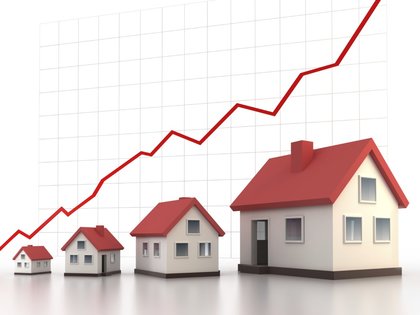
Total home sales were up by 6 percent in 2012, according to CoreLogic, the first yearly increase since 2005.
Total home sales increased 6 percent in 2012 over 2011 according to the January MarketPulse report from CoreLogic, a wide-ranging analysis of the housing market that anticipated good things for the real estate industry in 2013.
With that 6 percent increase, total home sales were up from 3.9 million in 2011 to 4.2 million in 2012, which is the first such increase since 2005. In addition, based on the high volume of repeat sales in 2012, CoreLogic’s Home Price Index rose 7.5 percent, the largest increase since 2006.
Total Home Sales – Sign of Strength in 2013
2012’s strong total home sales, CoreLogic wrote, bode well for the 2013 housing market, particularly when the specifics of those sales are analyzed:
- REO sales declined more than 20 percent in 2012, the third straight year of annual declines; additionally, short sales rose 23 percent, which is the highest level since the downturn began, and serious delinquencies fell by nearly 300,000 loans, pushing the seriously delinquency rate to 6.9 percent (serious delinquencies are down by one million in the last two years).
- All those stats lead to one positive trend – housing inventory is growing more and more stable. There are not only less REO properties for sale, but more and more underwater homeowners are turning to short sales, rather than allowing their home to slip into foreclosure.
- Perhaps because of the decrease in REO sales, conventional sales increased in 2012; non-distressed home sales were up 11 percent in 2012 to 3.2 million, and new home sales were up by 3 percent.
CoreLogic Anticipating Home Price Gains, Broad Growth in 2013
With the 2012 housing market finishing strong, CoreLogic is anticipating some grand things for the market in 2013, among them: a 6 percent increase in home prices, which will spur more and more home sellers to put their homes on the market (CoreLogic has used the term “pent-up supply” for those homes); continued improvement in the housing inventory, with serious delinquencies continuing to decrease; and finally, a broader dimension to the housing recovery, with more and more geographic regions taking part in the recovery.
So what about our local housing market? Chicago is among the few metropolitan areas still seeing year-over-year price declines, but perhaps stronger consume demand will change that in 2013?
